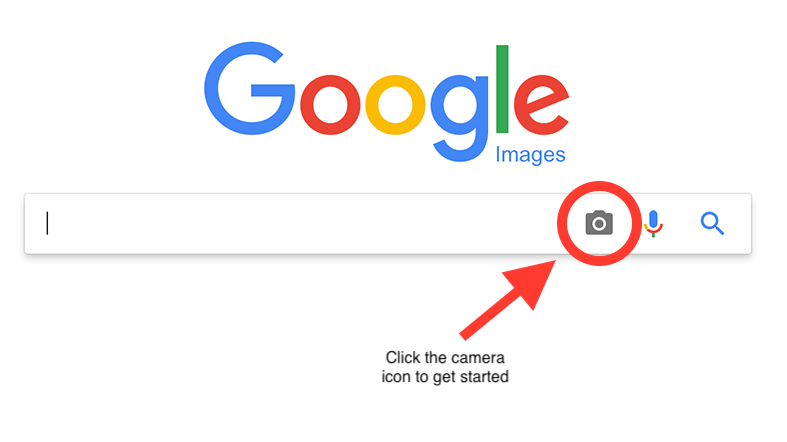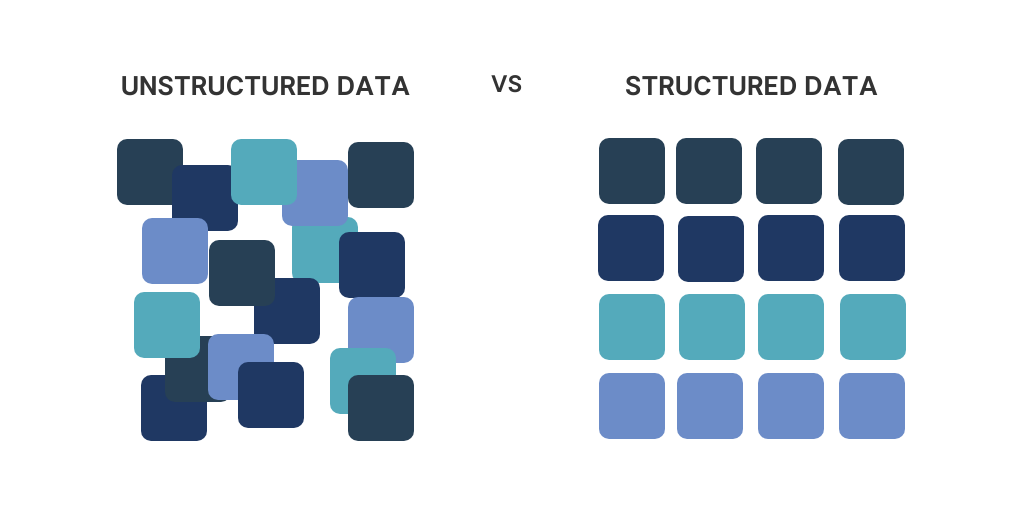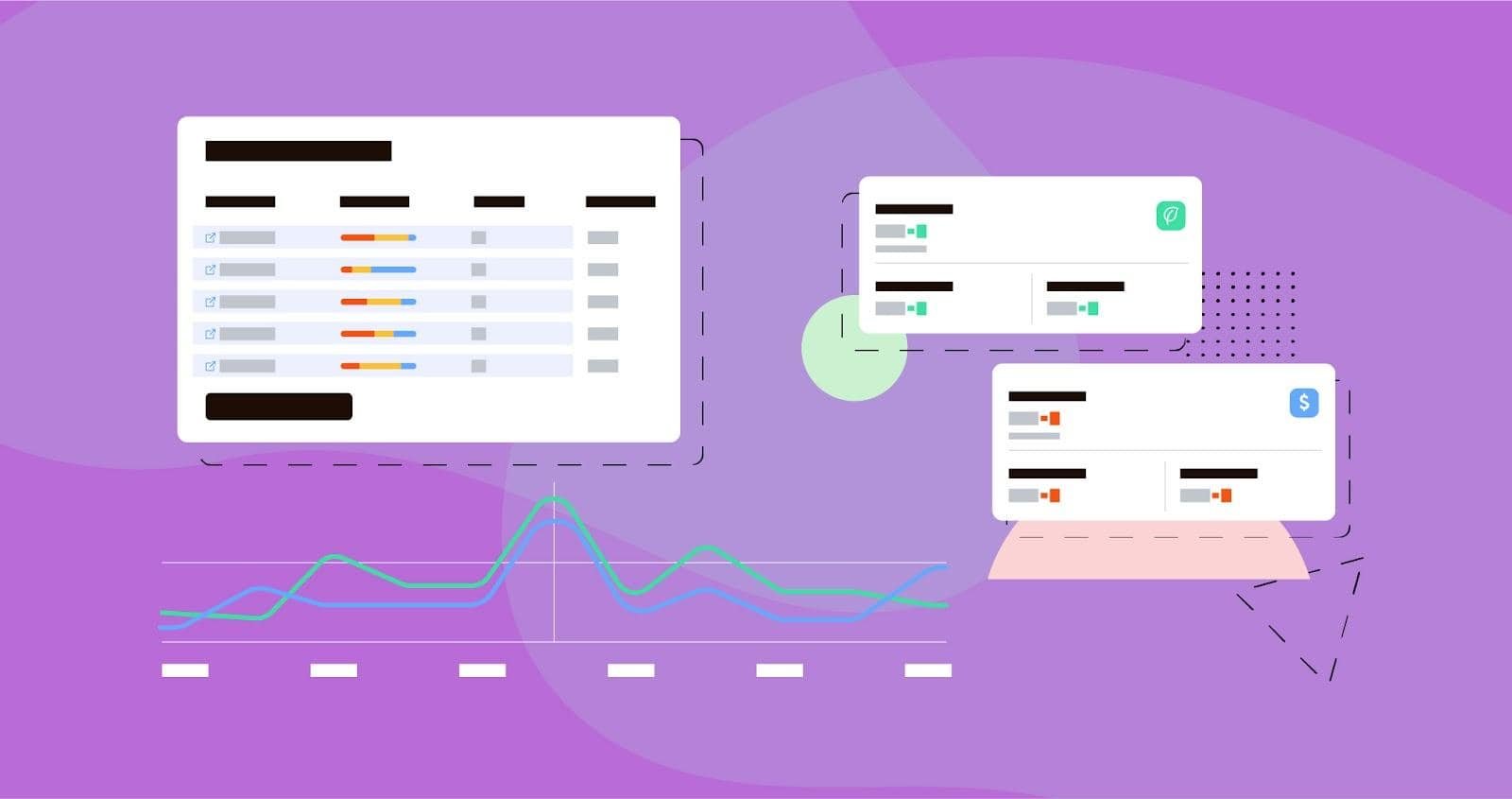The internet has evolved into an ocean of visual splendor, with vibrant graphics shaping both the immediate and subtle undertones of online content. Needless to say, images serve as silent storytellers, capturing the unspoken and conveying a goldmine of emotions through a visual symphony that attracts and sustains audiences like no other.
Indeed, amidst the visual splendor of online images, there exists a subtle yet powerful component that often goes unnoticed—the Alt Text. This unassuming snippet of text holds the potential to influence how Google interprets and ranks images in its expansive Image Search results. In fact, the Alt Text is more than just an annotation that sits below the image; it is a key to defining the accessibility of the content in its context, by extent having a greater-than-foreseen importance in SEO standing, search engine results pages (SERP) ranking, and even user experience.
In this comprehensive technical SEO guide, we will help you uncover the true potential of the Alt Text by establishing its connection to Google’s algorithm and its role in determining rankings. More importantly, we will help you utilize this apparently unassuming and often overlooked element to the best of its capability, opening up hitherto unexplored opportunities for you in the field of Google Image Search.
Alt Text Explained: More Than Just a Caption
Alt Text, short for alternative text, acts as a descriptive tag for images, providing a textual description for those who may not visually perceive the content. It serves as a vital element in web accessibility, ensuring a broader audience, including those using screen readers, can comprehend the information conveyed by images. Beyond its primary function, Alt Text plays a critical role in enhancing a website’s SEO by aiding search engines in understanding and indexing images effectively. It acts as a behind-the-scenes narrator, whispering to algorithms about the visual content, ultimately influencing where your images appear in Google’s Image Search results.
Accessibility First: Alt Text’s Primary Role
Alt Text primarily champions accessibility, making the web more inclusive for users with visual impairments. When crafting Alt Text, the focus should be on providing a clear and concise description of the image, allowing screen readers to convey the content to those who can’t view it visually. Although initially designed for accessibility, Alt Text’s impact extends to SEO, indirectly contributing to a better user experience and potentially influencing a website’s overall ranking.
Google’s Perspective: Alt Text and Image Understanding
From Google’s viewpoint, Alt Text acts as a guidebook for its algorithms, helping them understand the content of images. While not explicitly confirmed as a direct ranking factor, Alt Text indirectly influences SEO by assisting search engines in comprehending the context of images. It ensures that your images appear in relevant searches, aligning with the user’s intent and enhancing the overall search experience.
Alt Text and SEO: The Connection Unveiled
The connection between Alt Text and SEO lies in the enhanced context it provides for images. While not a standalone ranking factor, descriptive and relevant Alt Text contributes positively to the overall SEO efforts. It adds a layer of meaning to images, aligning them with the broader content of a webpage. In fact, most of the leading digital marketers and professional SEO services experts swear by the importance of Alt Texts. When search engines crawl your site, they consider the Alt Text in conjunction with the surrounding content, providing a more comprehensive understanding and potentially improving your website’s search rankings.
Crafting Effective Alt Text: A How-To Guide
Here’s how you can write the most effective Alt Texts for your online images:
Captioning: Being Descriptive & Mindful
Crafting effective Alt Text doesn’t require technical expertise; it’s about being descriptive and mindful. Instead of generic terms, describe the image in a way that captures its essence. For instance, if your image features a serene sunset over a mountain range, your Alt Text could convey the peaceful scene. Striking a balance between clarity, conciseness, and relevance is key. By avoiding overly complex language and steering clear of keyword stuffing, you create Alt Text that not only aids accessibility but also aligns seamlessly with SEO best practices.
Keyword Stuffing: The Pitfall to Avoid
While Alt Text is a valuable asset, falling into the trap of keyword stuffing must be avoided. Keyword stuffing involves cramming unrelated or excessive keywords into Alt Text, which not only disrupts the user experience but also violates search engine guidelines. Google values natural and relevant Alt Text that genuinely describes the image. By keeping your Alt Text focused, authentic, and directly related to the image content, you ensure a positive user experience and maintain adherence to SEO best practices.
The SEO Boost: Alt Text and Surrounding Content
The magic of Alt Text isn’t confined to the image itself; it extends to the surrounding content. When Alt Text aligns with the overall theme and subject matter of a webpage, it reinforces the contextual relevance of both the image and the surrounding text. Search engines, in their quest to understand content comprehensively, consider the harmony between Alt Text and the surrounding context. This synchronization enhances the SEO potential of your webpage, contributing to a more holistic and user-friendly online experience.
User Experience Matters: Alt Text and Engagement
Alt Text isn’t just a technicality; it significantly impacts user experience. In scenarios where an image doesn’t load, the Alt Text becomes a lifeline, providing users with a meaningful description of what the image contains. By delivering a positive experience, the Alt Text plays a critical part in keeping the visitors engaged to the webpage. Moreover, an engaged audience subsequently contributes to the credibility of your website. As user engagement is a factor in SEO, ensuring that your Alt Text enriches the overall user experience is a valuable aspect of optimizing your website for search engines.
Mobile Friendliness: Alt Text in the Mobile Era
In the mobile-dominated era, Alt Text takes on heightened importance. With the increasing prevalence of voice search and the diverse ways users access content on mobile devices, descriptive Alt Text ensures that your images are accurately interpreted. As mobile users rely on a range of devices and interfaces, crafting Alt Text with mobile-friendliness in mind ensures that your website remains accessible and SEO-friendly across various platforms.
Alt Text Best Practices: A Recap
As we wrap up our exploration, let’s recap some Alt Text best practices:
- Be descriptive, clear, and concise.
- Keep the Alt Text relevant to the content.
- Refrain from overstuffing your Alt Text with keywords.
- Align Alt Text with the overall page content.
- Prioritize accessibility for a diverse audience.
- Make sure your Alt Text fits with mobile navigation.
Conclusion
In the grand tapestry of SEO, where every detail plays a role, Alt Text emerges as an unsung hero. It goes beyond being a mere caption for images; it becomes a guiding force for accessibility, a contributor to SEO efforts, and a facilitator of positive user experiences. Crafting meaningful Alt Text isn’t just a best practice; it’s a commitment to fostering inclusivity and optimizing your digital presence. So, as you upload images to your website, remember that Alt Text isn’t just a formality; it’s your website’s unsung hero in the vast landscape of Google Image Search.







